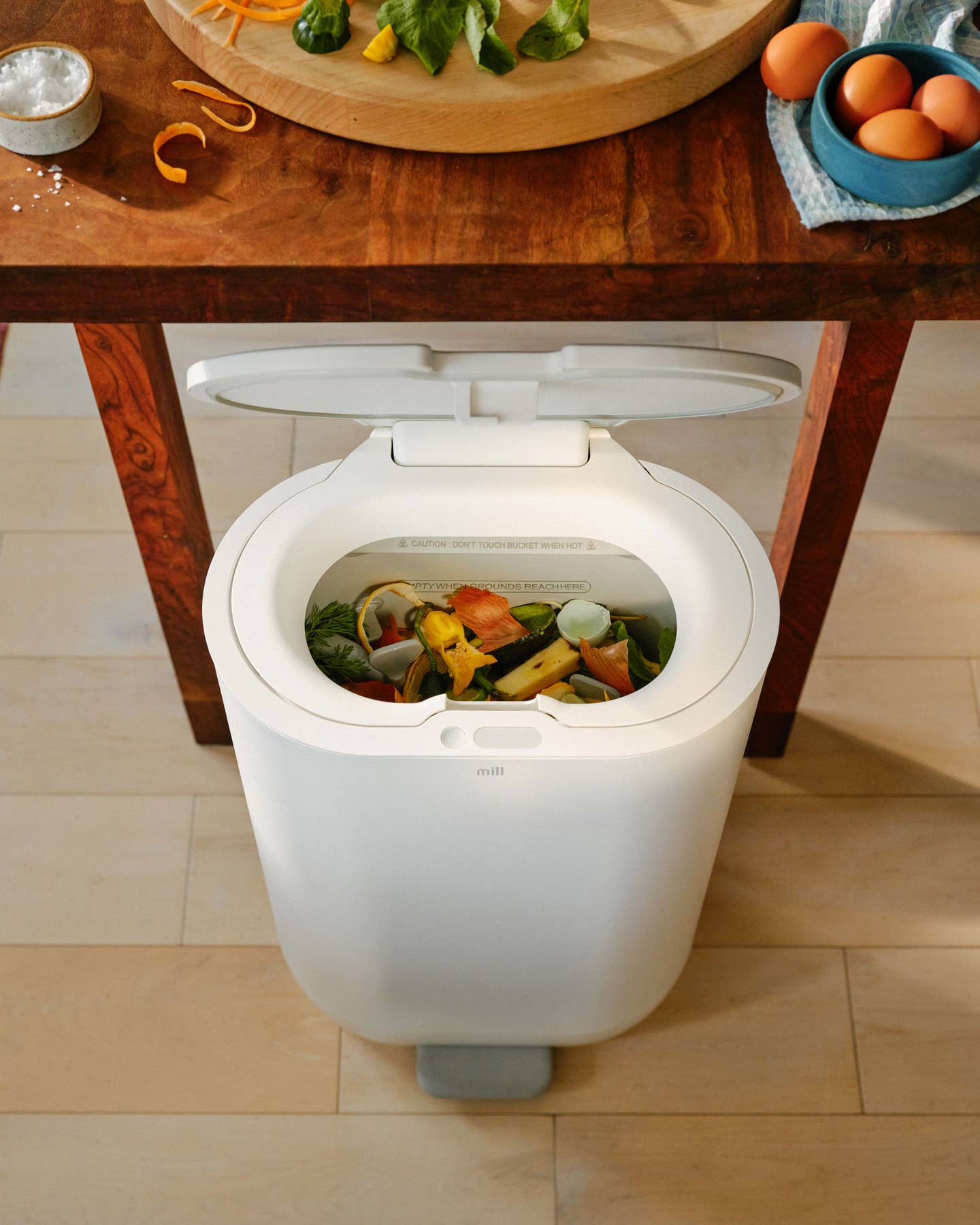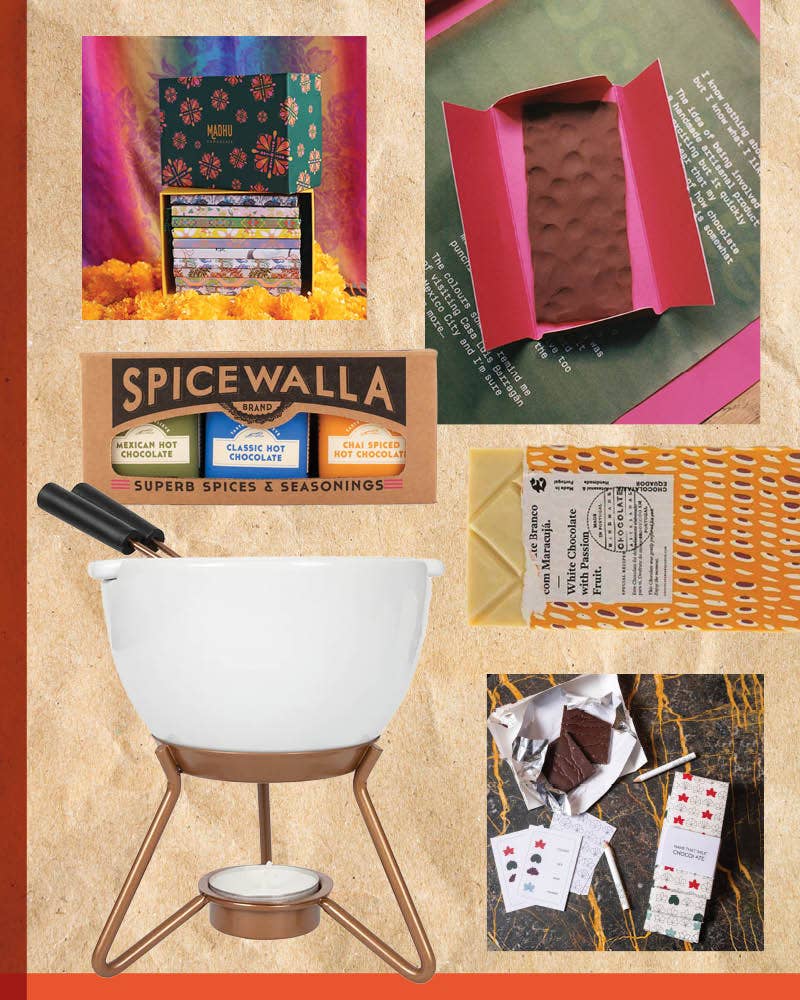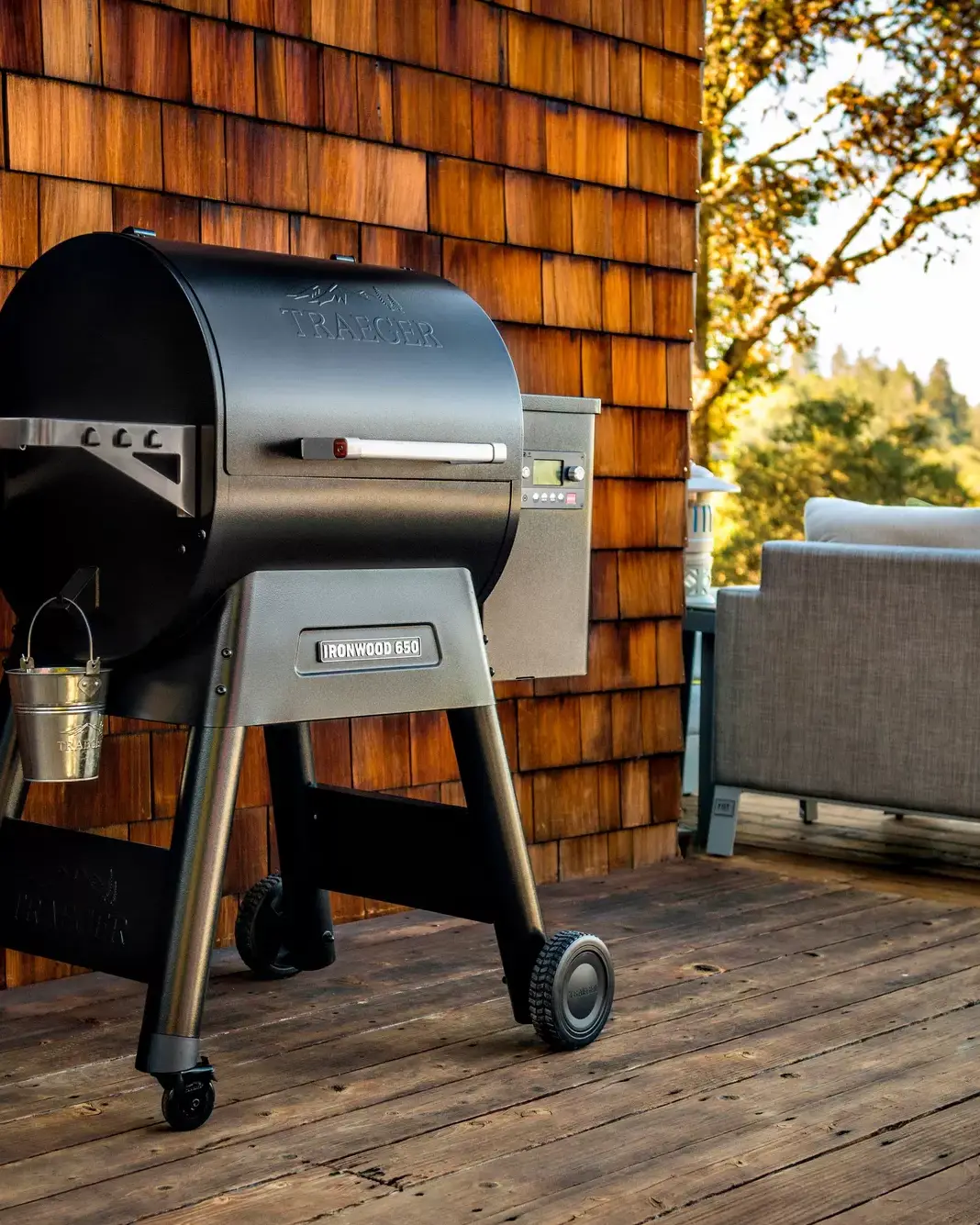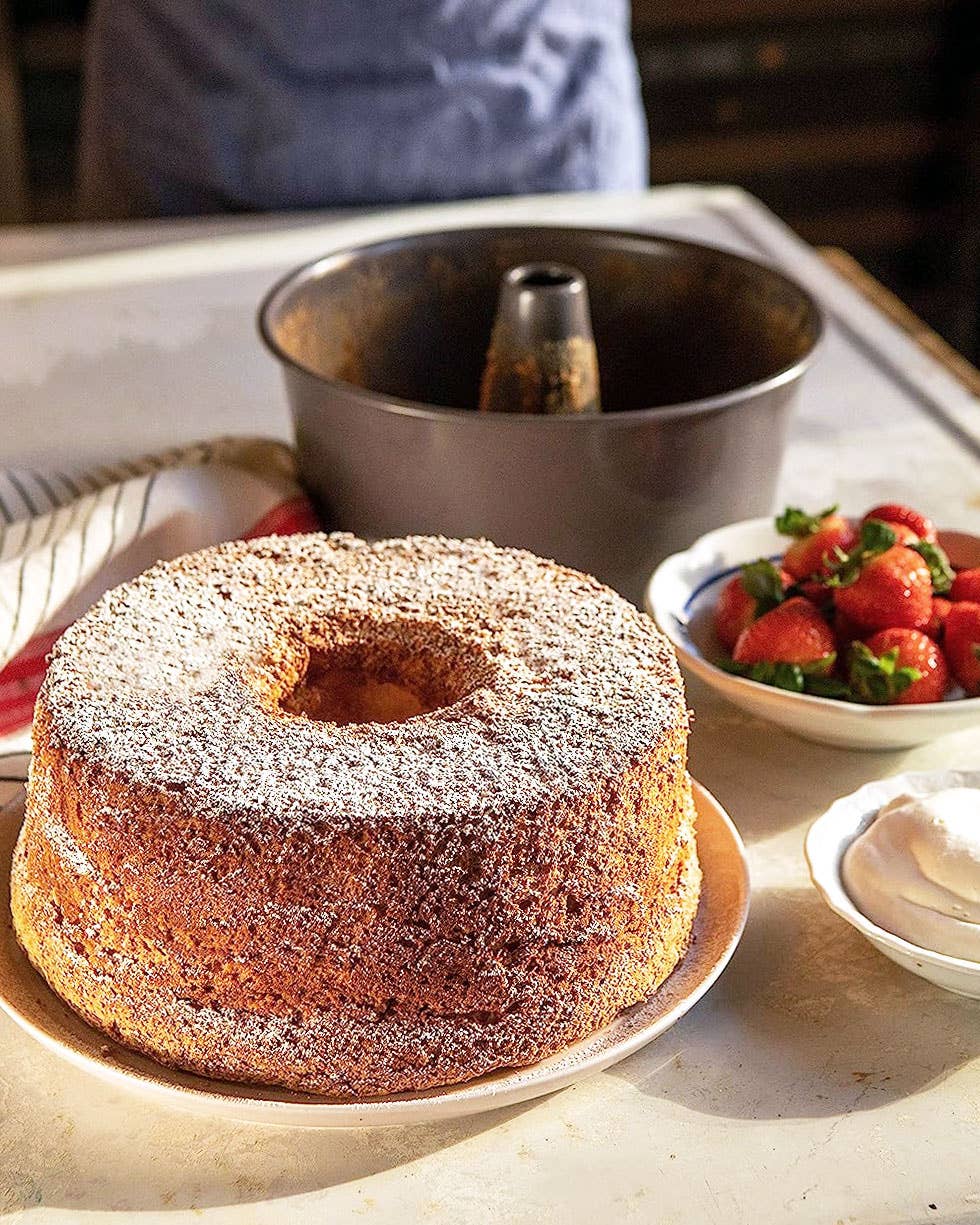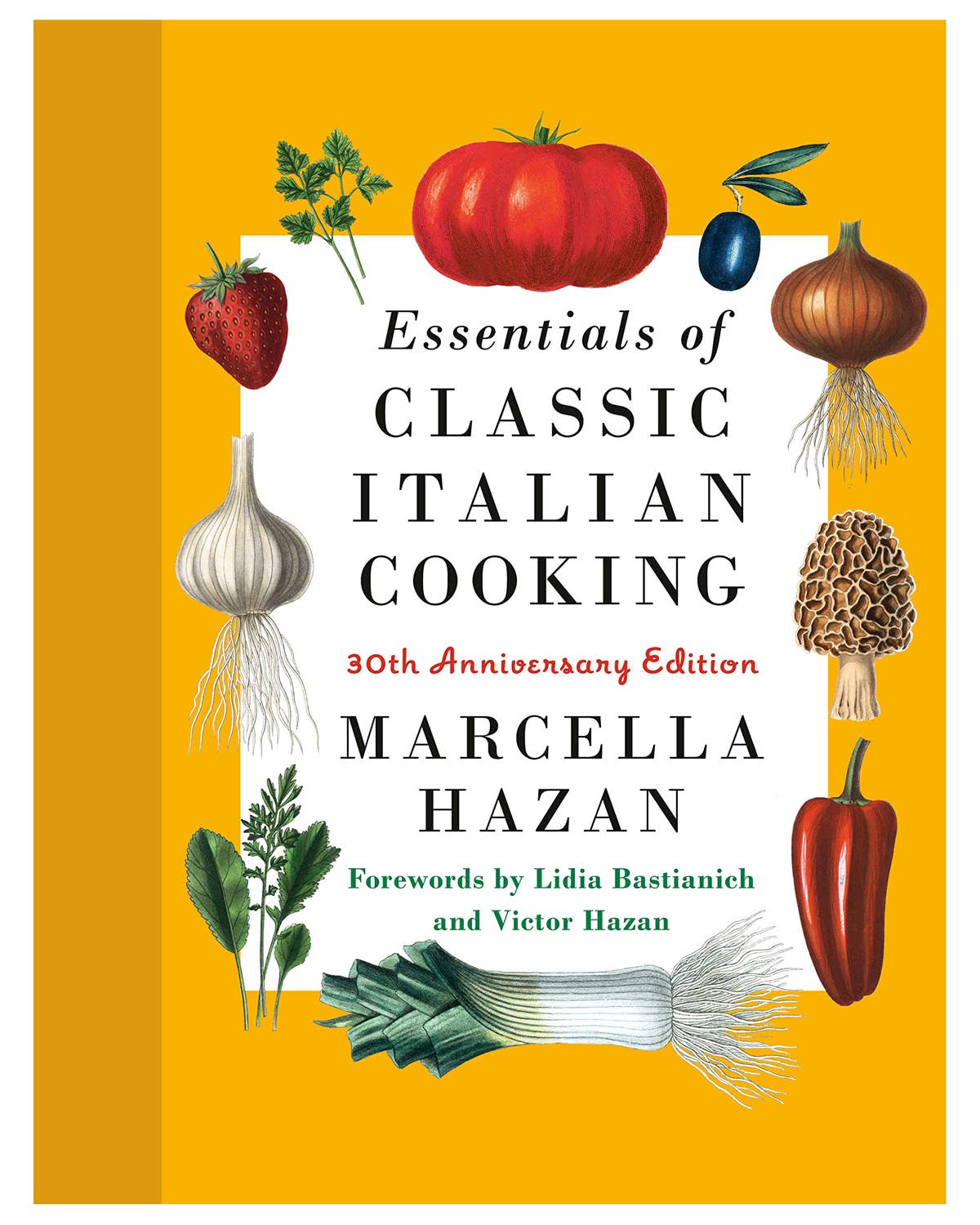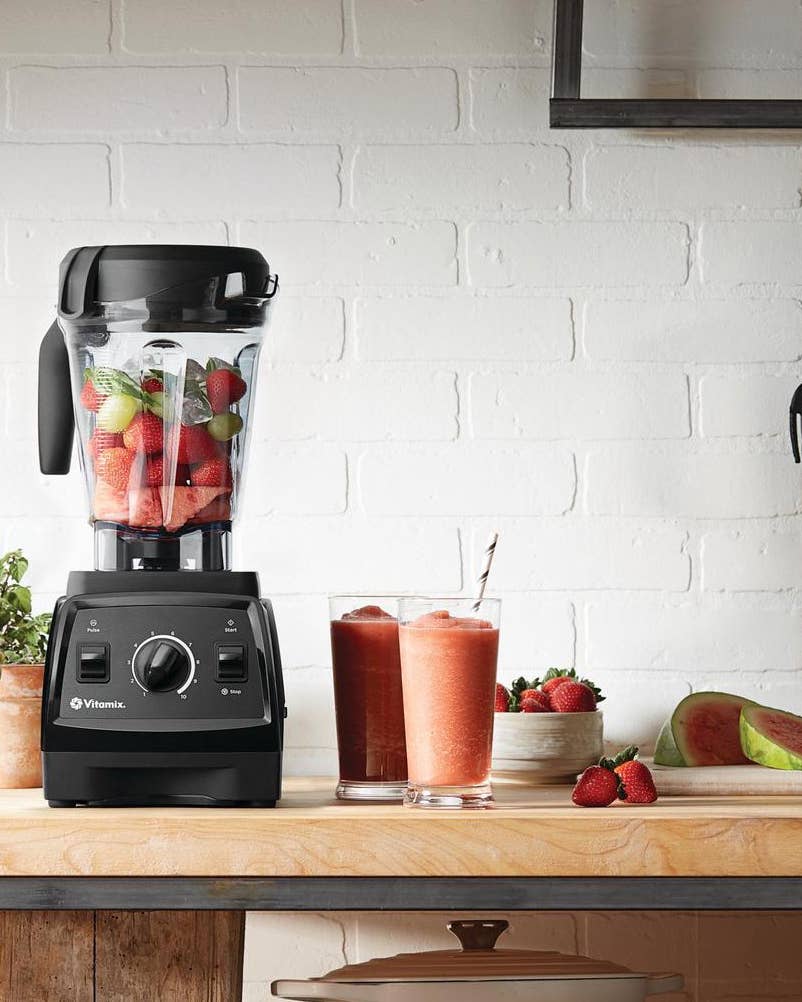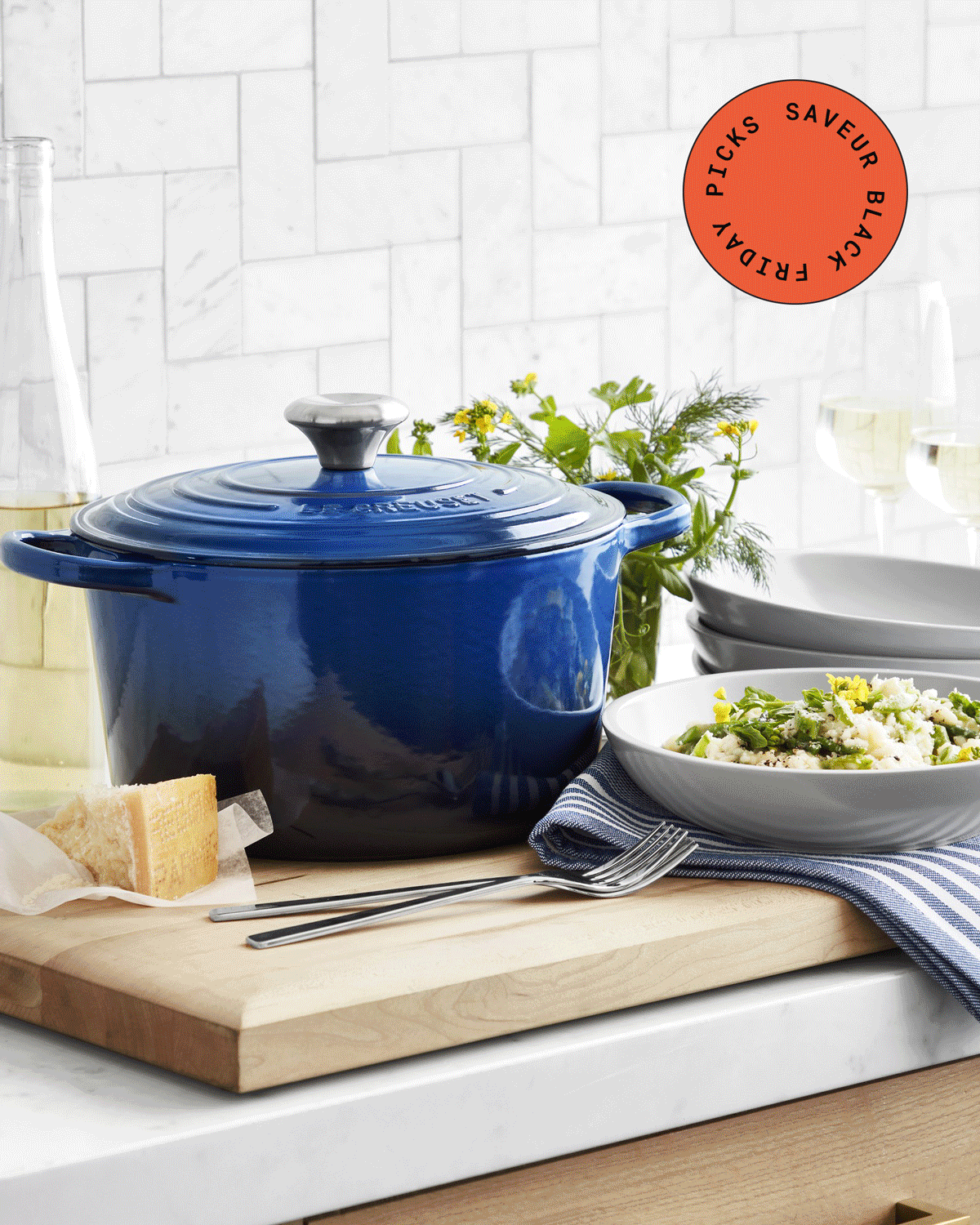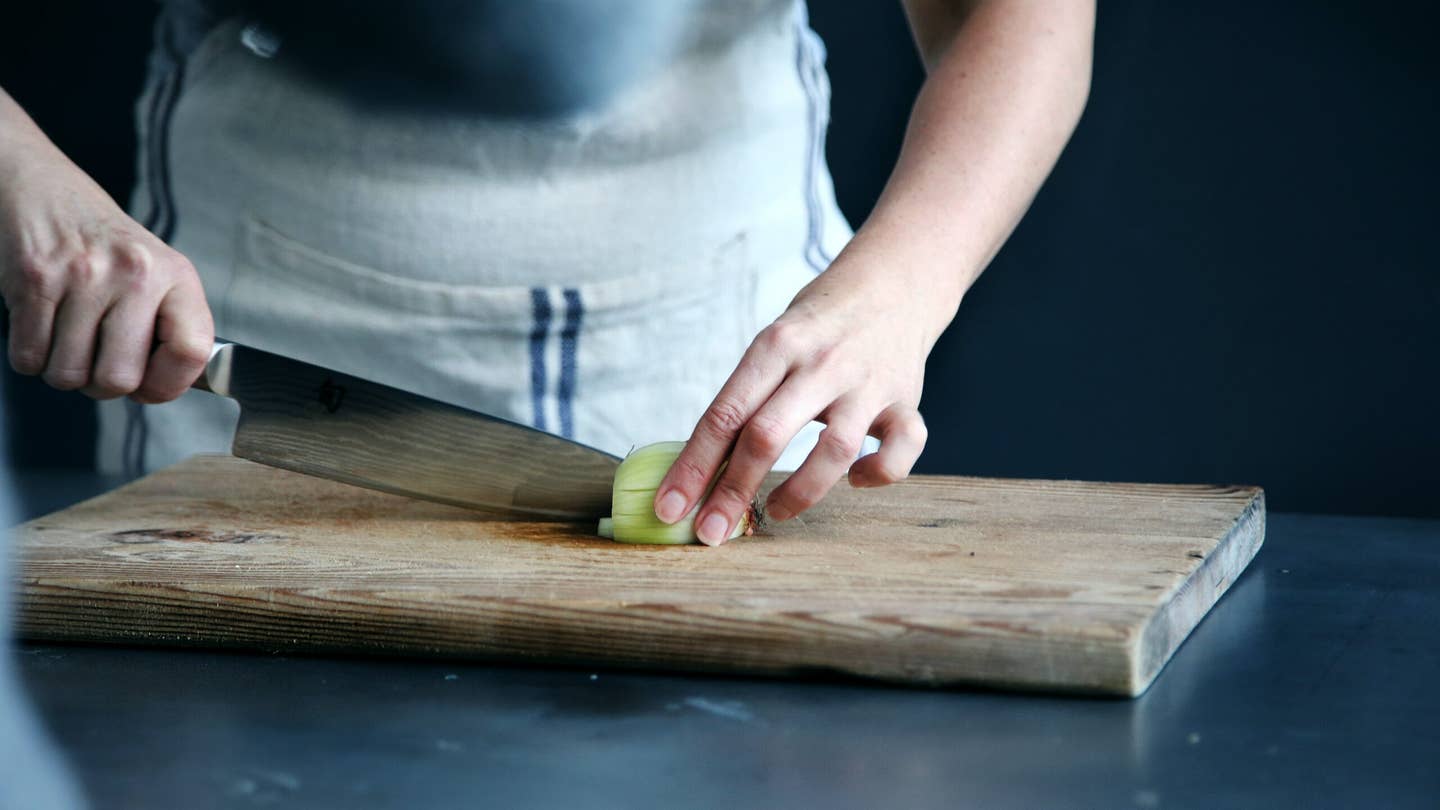
The Best Chef Knife for Every Type of Cook
After slicing our way through tons of carrots, tomatoes, and herbs, we’ve found 10 of our favorites.
A lot of slicing and dicing goes down in the SAVEUR test kitchen; stocked with a very impressive knife collection, there’s been no need to shop for new knives in years. But we felt a little bit out of the loop about the latest and greatest versions of the indispensable MVP of blades, the tireless chef’s knife.
So, armed with enough assorted produce to feed an army, we decided to test-drive a few dozen samples from knife manufacturers and craftspeople around the world in pursuit of the best chef knife.
1. BEST OVERALL: Shun Hikari Santoku 7″, $300
2. BEST BANG FOR THE BUCK: Kiwi 8″ Chef’s Knife, $9
3. ALSO CONSIDER: Victorinox Fibrox Pro 8″ Chef’s Knife, $48
4. BEST HYBRID: Misen Chef’s Knife, $65
5. UPGRADE PICK, BEST HYBRID: Korin, Suisin High Carbon Steel Gyutou, $97
6. BEST COMPACT EUROPEAN: Wusthof Classic 6″ Chef’s Knife, $100
7. UPGRADE PICK, COMPACT EUROPEAN: Wusthof Epicure 6″ Cook’s Knife, $170
8. BEST COMPACT, JAPANESE: Korin Togiharu Inox Santoku, $119
9. BEST LARGE CHEF’S KNIFE: Yahiko Stainless Gyuto 9.5″ Blade, $100
10. UPGRADE PICK, LARGE CHEF’S KNIFE: Town Cutler Carbon Steel 8.5″ Chef Knife, $340
What to Consider When Buying The Best Chef Knife for You
We judged each knife based on performance, comfort, stability, and aesthetics. Performance and looks aside, comfort and cost are particularly important factors, too. Since we understand that choosing a knife involves a lot of personal preference, we took into consideration a wide range of grips, hand sizes, and price points. But first, let’s go over a few things to consider before buying the best chef’s knife for you.
Type
You’ll hear a lot about Japanese and German (or more broadly, European) variations when knife-shopping, whether it’s a tool that’s actually produced in one of those countries, or a more general description of the style. So, what’s the difference? Japanese knives are generally thinner, sharper, and need less frequent sharpening, but are fragile compared to German ones, which are made of softer steel that’s thicker and more durable, but dulls more quickly.
Sharpness
High-carbon stainless steel is the gold standard for most cooks. The material is extremely hard, stays sharp, and (like all stainless steel) is resistant to rust and discoloration. For those folks who do prefer the softer steel blades typically found in European-style knives—know that while the blades dull more quickly, they’re easier to sharpen.
Ergonomics & Handle
Wood handles may look handsome, but they don’t hold up to water exposure, wear down over time, and, most problematic of all, they’re an ideal breeding ground for bacteria. That’s why plastic, rubber, and wood and plastic resin composite dominate the market. As for the ergonomics, it’s not as cut and dry; it’s all about your personal preference, based on your own grip, hand size, and strength. Try out a few different shapes and sizes.
Weight
The area between a knife’s handle and blade is called the bolster. It factors into the tool’s overall durability and strength, counter-balances the less-heavy handle and weightier blade for better control when you’re cutting.
Material & Construction
In addition to how the material a knife is made of affects blade sharpness, handle ergonomics, and heft, a knife’s construction matters, too. Specifically the tang, which is the backend of the blade that is ensconced in the handle. High-quality knives usually have a full tang, meaning the steel from the blade stretches the full length of the tool. Note: The tang is usually visible when looking at a wood or wood-composite handled knife, though it’s often obscured in plastic or rubber-handled knives.
Size
Blade lengths vary because different knives address distinct cutting needs, from a detail-oriented paring knife to a long, thin bread knife. A chef knife falls somewhere in the middle scale- and weight-wise with a relatively long and wide blade and a substantial amount of heft. For smaller hands, spaces, or budgets, there are compact versions as well, but it’s best not to go too small for such a hard-working, versatile tool.
Tips for Buying and Using Chef Knives
We judged each knife on a few key attributes while testing, and it’s useful to consider the same parameters when choosing the best chef knife for you.
- Look for safety and stability in addition to sharpness. Yes, you obviously want a sharp knife, but also a safe one. That’s where stability comes into play, specifically thanks to the bolster, since that’s what helps evenly distribute weight from the tip of the blade to the bottom of the handle.
- Impressive abilities and dashing looks aside, comfort and cost really matter, too. We understand that choosing a knife involves a lot of personal preference. That’s why we took into consideration a wide range of grips, hand sizes, and price points in the testing process. Before adding a new knife or two to your collection, you should do the same.
- There isn’t a one-size-fits-all knife out there. It’s just a fact. Different ingredients, recipes, and tasks call for different kinds of knives. So while a chef’s knife can do quite a few tricks, it (like any knife type) can’t do everything.
Our Top Picks
Once an Edward Scissorhands-worthy cornucopia of blades was amassed, we put the knives to work on a few common produce aisle buys with very different textures. First, we used each of the factory-sharp knives to slice through a mountain of raw carrots. Then we tested each of the blades’ ability to glide through ripe tomatoes. And finally, we milled through several bunches of parsley and basil.
1. BEST OVERALL: Shun Hikari Santoku 7″, $300
Chef Knife Shun Hikari
There’s a lot to swoon over with this innovative, hardworking option.
From Japanese brand Shun’s super-premium line with Williams Sonoma, this knife has attractive damascus patterning on the blade is layered over alternating microlayers of high-carbon stainless steel. The overlay provides a bit of texture, preventing foods from sticking during cutting while the layers purportedly wear at different rates, creating “micro serrations” that extend performance between sharpenings. The Hikari’s edge has a slightly more curved edge than traditional santoku blades, providing a bit of rock when you need it. The rounded birch Pakkawood handle is smooth and comfortable for a wide range of grips.
2. BEST BANG FOR THE BUCK: Kiwi 8″ Chef’s Knife, $9
Chef Knife Kiwi
Budget Thai knife-maker Kiwi is a staff favorite for so many reasons.
Its blades are lightweight, they come in a range of Asian styles and shapes, and they hold a precise edge better than many premium brands. This tall blade is similar in shape to Japanese santokus, so it is ideal for straight chopping, but it also has a bit of curve for easily rocking through herbs and minced garlic. The angled tip is handy for delicate tasks that might feel clumsy with a traditional santokus. Many of Kiwi’s knives are only available with simple wooden handles that will degrade with time, but this one also comes with a restaurant-approved textured plastic handle.
3. ALSO CONSIDER: Victorinox Fibrox Pro 8″ Chef’s Knife, $48
Chef Knife Victorinox
A comfortable mid-priced contender worth considering.
So maybe you’re not ready to commit to a triple-digit investment knife, but want something sturdier and more comfortable to hold than a Kiwi. This popular Victorinox chef’s knife, with its easy-to-maneuver plastic handle that feels steadier to chop with, is a good compromise.
4. BEST COMPACT EUROPEAN: Wusthof Classic 6″ Chef’s Knife, $100
Chef Knife Wusthof
A well-loved staple that’s great for small hands and small kitchens.
Made in the classic European style, this timeless knife is sharpened evenly on both sides, with a dramatically curved blade tapering to a fine point. The steel is thick and durable enough for some light butchering, but the compact size means this blade is still relatively lightweight. It is great for small hands and small kitchens.
5. UPGRADE PICK, COMPACT EUROPEAN: Wusthof Epicure 6″ Cook’s Knife, $170
Chef Knife Wusthof Epicure
Or consider a slightly souped-up version from the German brand’s Epicure range.
This handsome little knife is from Wusthof’s top-shelf Epicure line, which swaps the more than sufficient Classic line’s POM (polyoxymethyene) handles for a very sleek, slightly curvier handle design that’s made of Richlite, the brand’s attractive recycled wood composite. Otherwise, it shares many of the same great features as the $100 Classic version: full tang, full bolster, and precision-forged production.
6. BEST COMPACT, JAPANESE: Korin Togiharu Inox Santoku, $119
Chef Knife Togiharu
A fantastic all-purpose option from New York chefs’ favorite cutlery supplier, Korin.
This classic santoku is designed for working with both proteins and vegetables. The thin, razor-sharp blade sweeps through food easily, though you will want to avoid using it for butchering around bones, which can chip the hardened steel. The 70/30 beveled edge is, by nature, sharper and more precise than symmetrically beveled blades, though they are not ambidextrous; be sure to specify when ordering if you need a left-handed knife. Folks with larger hands might find the size and shape of this handle awkward, but otherwise this is a very nimble and comfortable tool.
7. BEST HYBRID: Misen Chef’s Knife, $65
Chef Knife Misen
A mashup of German- and Japanese-style cutlery features, in one high-quality package.
If you’re down to diversify a knife block full of traditional, old-guard brands and provenances, consider this gently-priced winner. Relative newcomer Misen (“meez-uhn,” as in mise en place), a buzzy DTC start-up in the culinary space, is upending the way you stock your arsenal by connecting the manufacturer directly to consumer, while giving other high-end brands a run for their money. The affordable chef’s knife will only put you out $60; it combines Japanese steel, the taper and rock of classic Western blades, and an acutely angled edge for a sturdy yet nimble blade that can chop, slice, or butcher through your most ambitious kitchen projects.
8. UPGRADE PICK, BEST HYBRID: Korin, Suisin High Carbon Steel Gyutou, $97
Chef Knife Suisin
Steel wonks will appreciate this smartly designed hybrid option.
With a thin profile, 70/30 bevel, and slight curve, Korin’s high-carbon Suisin Gyutou is an excellent option for chefs looking for a compact blade with characteristics of both Japanese and Western-style knives. High-carbon steel is harder than stainless and stain-resistant alloys; with proper maintenance, it is better at holding a sharp edge, though it is much more sensitive to water and acidity. To prevent corrosion, protect your high carbon blades with camelia oil and wash and dry well immediately after using.
9. BEST LARGE CHEF’S KNIFE: Yahiko Stainless Gyuto 9.5″ Blade, $100
Chef Knife Yahiko
This sturdy, stable pick lets you get a solid grip, no matter how big your digits are.
Wisconsin artisan knife-maker Isaiah Schroeder calls this “one of the best knives you can get for the money”. Its classic, octagonal-shaped handle is designed for a range of grips, and the weight is perfectly balanced for a pinch-grip. The “confidence-inspiring” size and tall blade make for a knife that is comfortable and stable even in larger hands, and the gently tapered edge is useful for chopping and mincing.
10. UPGRADE PICK, LARGE CHEF’S KNIFE: Town Cutler Carbon Steel 8.5″ Chef Knife, $340
Chef Knife Town Cutler
Gorgeous looks, superb performance, and a bit high-maintenance, for serious knife aficionados.
This American-made chef’s knife from the bladesmiths at Town Cutler has a carbon steel blade which requires a bit of babying—with use, its seductive, out-of-box mirror-finish will develop a greyish patina—but if you’re willing to show your knife some love, it will reward you with a superfine and durable edge. The nickel bolster and brass fasteners are built to last, and the ergonomically-designed, stabilized wood handle is comfortable and secure in a variety of grips. If you like the idea of supporting small-scale artisan brands, we’ve got a few more ideas here.
The Advantages of Owning A High-Quality Chef Knife
However you whittle down what you need (and want) most in a chef’s knife from price point to size, rest assured: any way you slice it, you’re going to get loads of use out of this versatile workhorse.
FAQs About Your New Chef Knife
Whether you’re updating your decades-old knife block or picking out your first chef’s knife, there’s a ton of variety to choose from. But once you’ve squared away your all-important chef’s knife (aka the one you should most thoughtfully invest in), here’s some more knife-centric knowledge to get acquainted with.
What’s The Difference Between German and Japanese Chef Knives?
Japanese knives tend to be thinner, more lightweight, and sharper, but brittle; German knives are thick and durable, though they dull more quickly.
What Other Knives Should I Have in my Kitchen?
For starters, these four SAVEUR test kitchen-vetted favorites: chef knife, paring knife, bread knife, and carving/slicing knife.
What Is Better: A Chef Knife or Santoku Knife?
They’re different, so it’s a matter of preference. A chef’s knife—which typically refers to the European-style shape—is longer (6 to 14 inches, with 8 inches being most popular with home cooks) with a pointed tip, and curved cutting edge positioned at 20 to 22 degrees, while a Santoku knife is usually shorter (5 to 7 inches), with a downturned tip and straighter cutting edge
Keep Reading
Continue to Next Story
